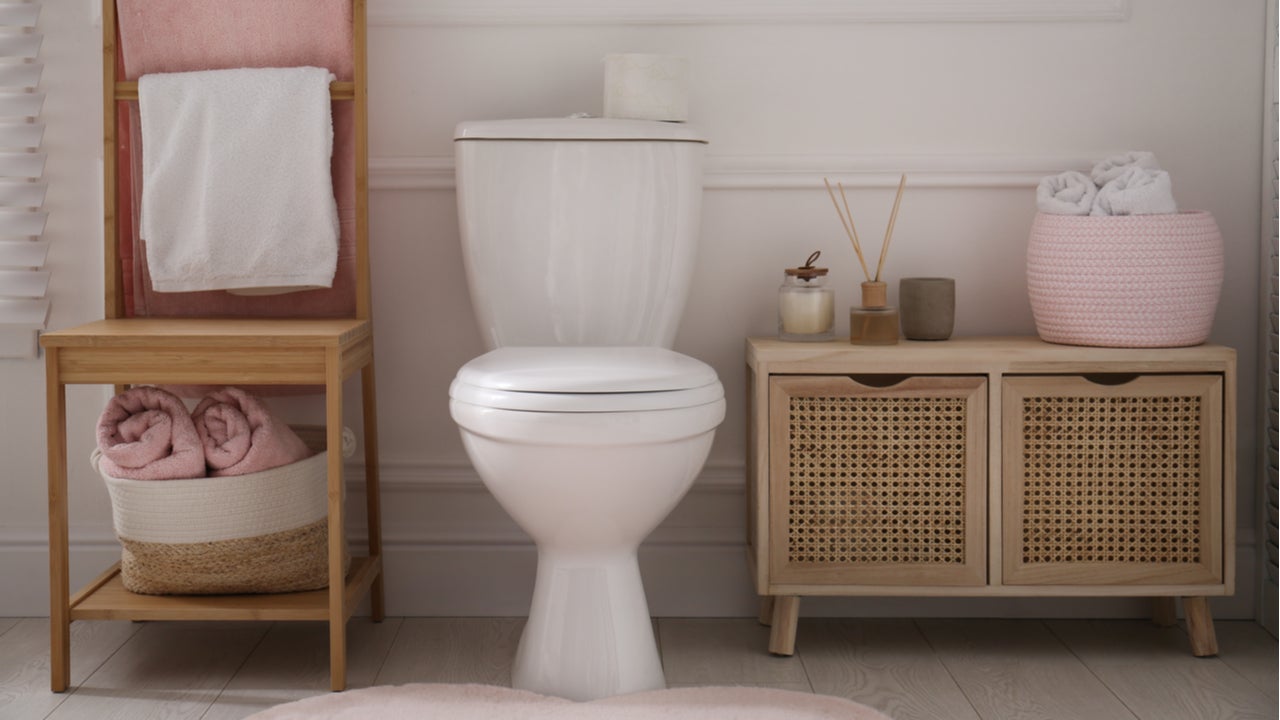
Although we might be uncomfortable talking about our bowel movements in polite society, many people worry about what their waste says about their overall health. Stool samples can provide early warning signs for a range of gastrointestinal conditions from irritable bowel syndrome (IBS) to Crohn’s disease and even bowel cancer.
Consequently, doctors often ask their patients to keep a written diary of the day-to-day characteristics of their stool to help them to identify patterns and triggers that could help inform diagnosis and treatment. But remembering to do this every day can be a big ask for busy patients.

Discover B2B Marketing That Performs
Combine business intelligence and editorial excellence to reach engaged professionals across 36 leading media platforms.
In recent years, smartphone apps that aim to make this tracking easier have arrived. Associate research professor for Duke University, US, Sonia Grego, says that such platforms have more than 700,000 downloads in the App Store, which suggests a clear market for gastrointestinal monitoring tools. But it’s not clear how long patients adhere to the tech.
“It’s a very valuable type of data, but it’s very burdensome,” she says. Another obvious problem is that many people are squeamish about looking at their stools.
This results in self-reported information that can be quite unreliable. How many people can remember accurately what their stool looked like several days ago? Or how many times they have had a bowel movement in the last two weeks?
Grego’s dream is to make this process automated – getting the toilet to record a picture of the patient’s stool, so that they don’t even have to look at the sample or remember key details about their bowel movements. She and researchers at Duke have developed an artificial intelligence tool that can be added to any toilet to make it a ‘smart’ loo.

US Tariffs are shifting - will you react or anticipate?
Don’t let policy changes catch you off guard. Stay proactive with real-time data and expert analysis.
By GlobalDataShe believes it could be a powerful approach to managing chronic problems such as inflammatory bowel disease and IBS. Doctors could then use a patient’s long-term stool data to look for trends that would help them more precisely diagnose and treat chronic gut problems.
Just flush
The ‘smart toilet’ Grego envisions would be created by retrofitting the pipes of an existing loo and inserting an endoscopy device. The patient would have their bowel movement and flush just like normal, but instead of simply transporting the waste away, the flush would activate a camera in the pipes that would take an image of the stool.
An algorithm in the device would then analyse the image for form (loose, normal or constipated), colour and the presence of any blood. The goal is long-term tracking says Grego. “One abnormal movement really means nothing,” she points out. “The value is the trend of the information. Repetition of frequent loose stools with blood, for example, is a clear indicator.”
To develop the algorithm, Grego and her team analysed more than 3,000 stool images. These pictures were then reviewed and annotated by gastroenterologists using the Bristol Stool Scale, a common clinical tool for classifying human faeces into seven distinct groups based on form and colour.
The algorithm was able to accurately classify the stool 85.1% of the time. It was able to detect the presence of blood in the stool with an accuracy of 76.3%.
Eventually, Grego sees the data being sent to the user in the first instance in a dashboard that can also track lifestyle factors such as diet and exercise. It could help patients easily see what impact the foods they eat have on their gut health.
“It could be downloadable and accessible in a concise form to be available to doctors,” she explains, noting that patients may be more willing to use the technology because it means no changes to their daily routine.
Specimen capture
Right now, the smart toilet is just a prototype. It’s not yet available to the public. Grego and her team are continuing to develop additional features to the device, such a specimen sampling for biochemical market analysis to provide highly specific disease data.
That could mean the smart toilet eventually gets used for drug development projects for gastrointestinal compounds. It is particularly challenging to recruit patients in this therapeutic area, says Grego, because participants must travel regularly to clinical trial sites to provide stool samples.
“We believe this tool, particularly with the specimen capture will be an enabler of great research and drug discovery for the very same people who find going to the bathroom is a problem,” she says.
The smart toilet could also be put to good use in residential care facilities. Older people often find it hard to communicate they are having bowel problems, but rates of constipation are high. The tool would be an easy way for doctors to assess the gut health of their elderly patients and make sure they’re as comfortable as possible.
Although the device sounds high-tech, the smart toilet project was born from the Duke University team’s engineering experience in global sanitation for the developing world.
The researchers recently launched spin-out company Coprata with the goal of commercialising the device. But Grego is clear that she wants the smart toilet to be affordable to all. The team is now seeking feedback from gastroenterologists and patients with bowel conditions about the feasibly of using the smart toilet – and whether it would make their lives easier.
“The question we posed was: is there any health data in this solid waste that would normally go to the drain?” says Grego. “And sure enough, the answer is a resounding yes. There is plenty of health data that is not being captured because of people’s universal aversion to dealing with the specimen.”





